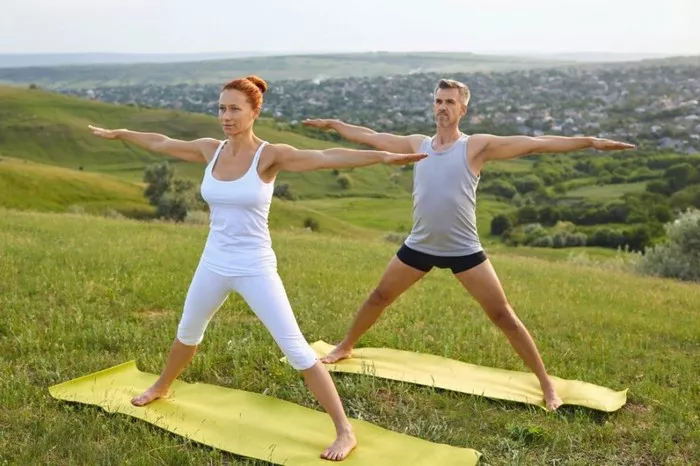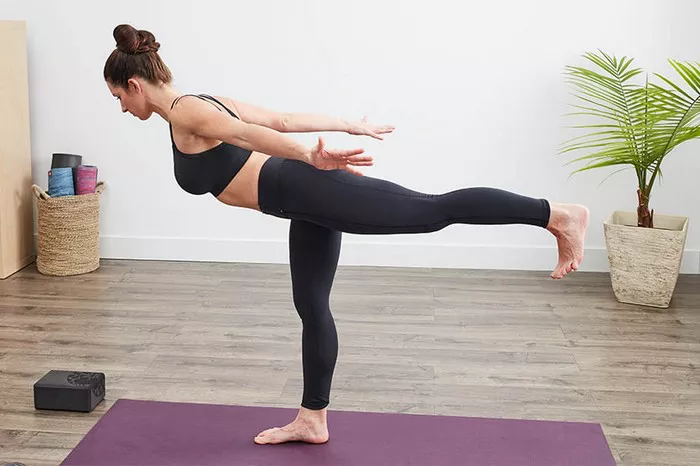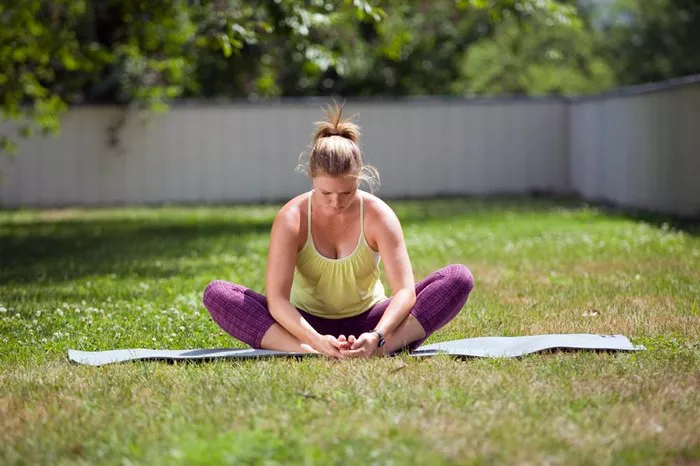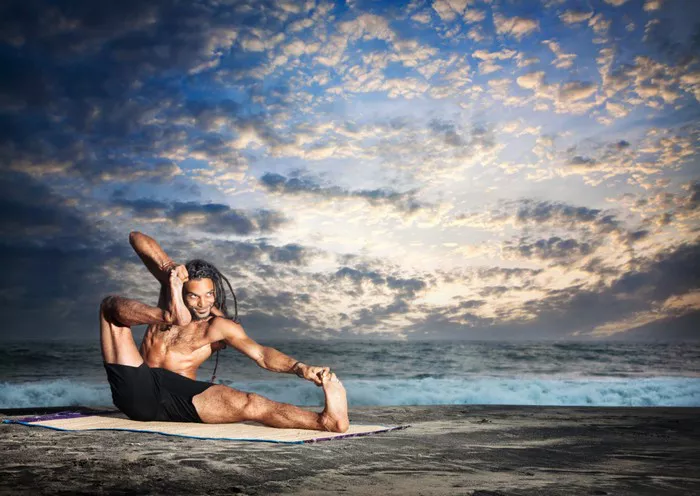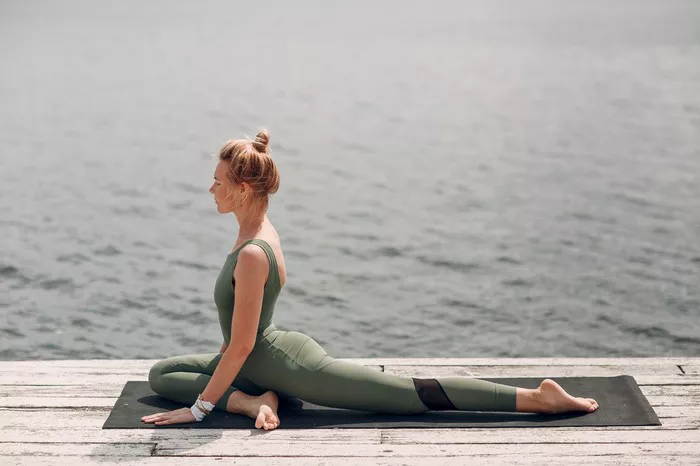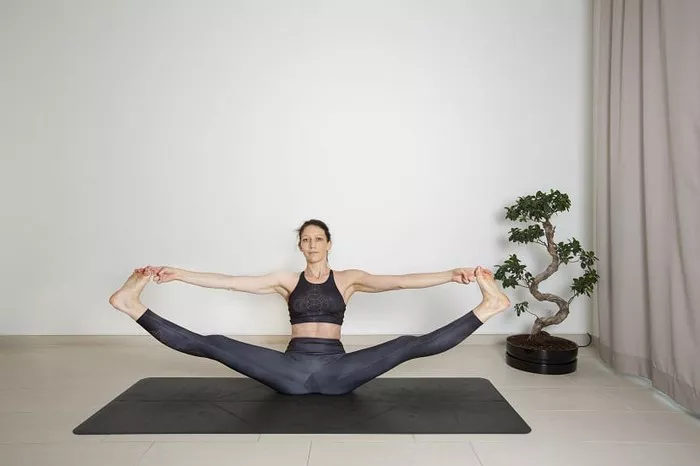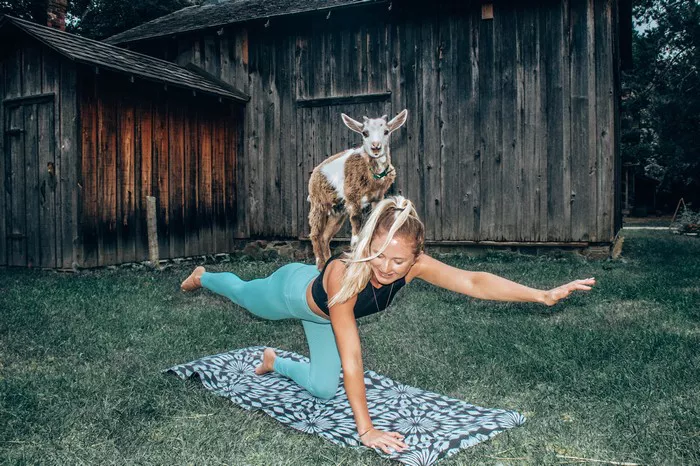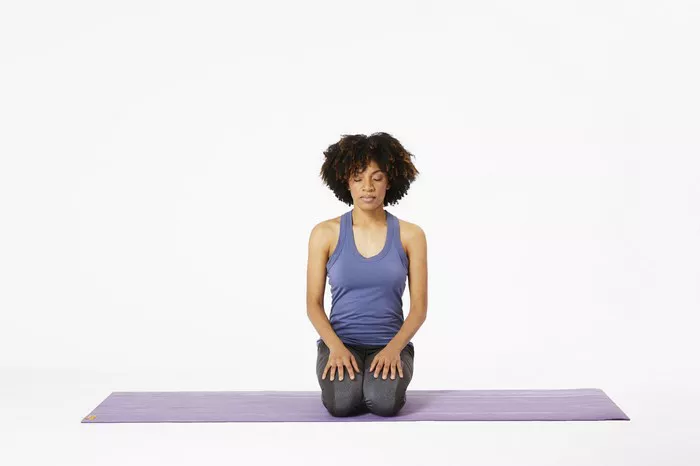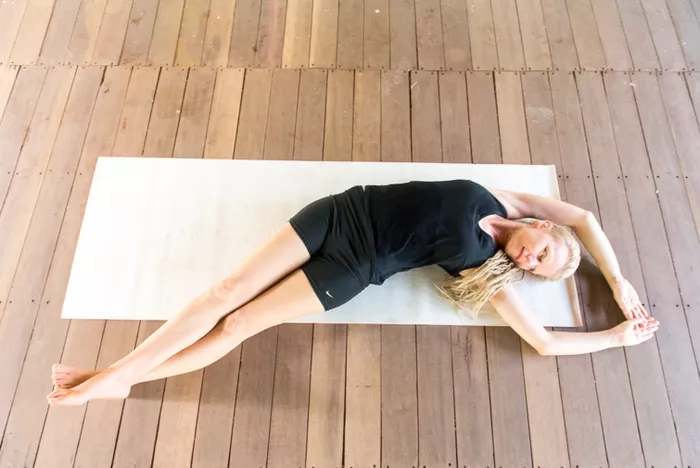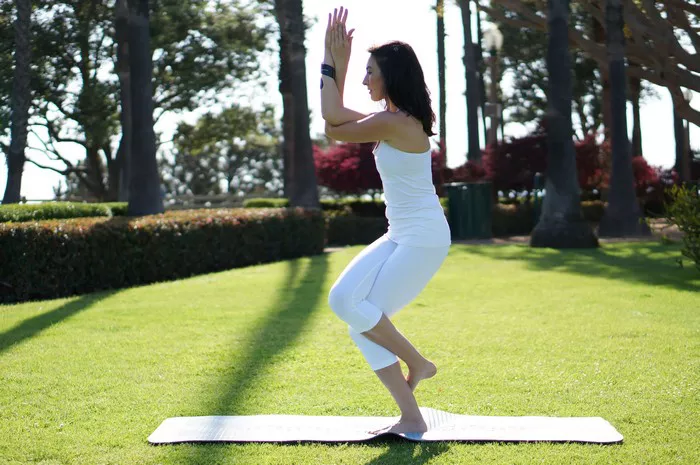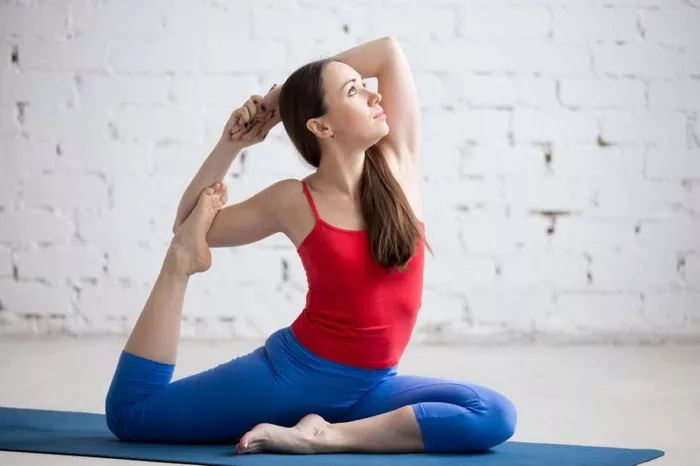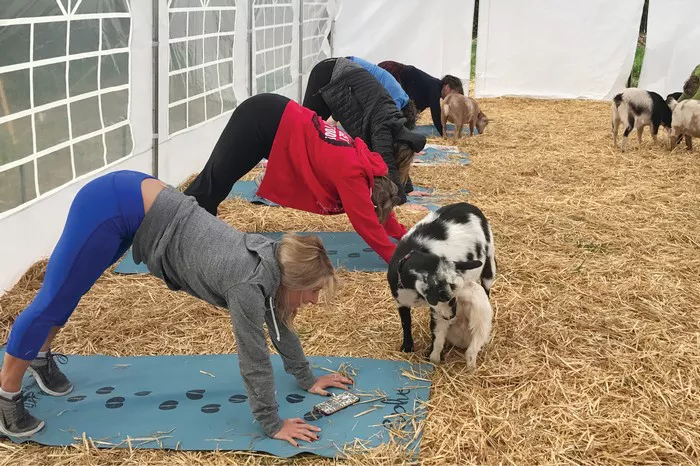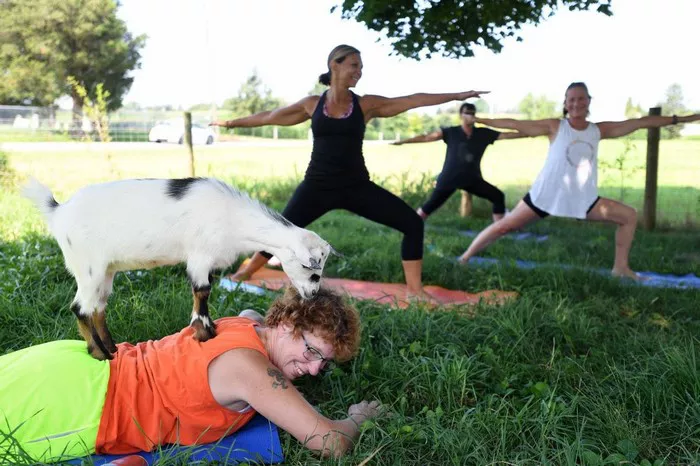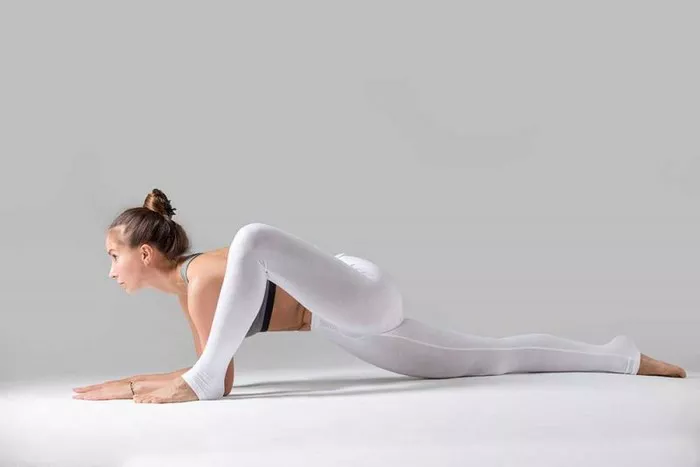Yoga is an ancient practice that encompasses physical postures, breathing techniques, and meditation. Over the centuries, it has evolved into various styles, each with its own unique approach to physical, mental, and spiritual well-being. Two of the most prominent forms of modern yoga are Iyengar Yoga and Ashtanga Yoga. Though they share common roots in traditional Indian yoga, they differ significantly in methodology, intensity, focus, and objectives. Understanding these differences can help practitioners choose the style that best suits their personal needs and goals.
Historical Background
Iyengar Yoga
Iyengar Yoga was developed by B.K.S. Iyengar, a student of the renowned yoga master T. Krishnamacharya. Iyengar spent decades refining his method, emphasizing precision, alignment, and the therapeutic benefits of yoga. His book, Light on Yoga, is considered a seminal text in modern yoga literature. The Iyengar style is known for its disciplined approach and use of props such as blocks, straps, and bolsters to help practitioners achieve correct alignment, regardless of flexibility or experience.
Ashtanga Yoga
Ashtanga Yoga was systematized by Pattabhi Jois, another student of Krishnamacharya. The Ashtanga method is based on a fixed sequence of postures performed in a specific order, synchronized with breath and movement (vinyasa). This dynamic style is physically demanding and is often seen as one of the more athletic forms of yoga. The practice is divided into six series, with each subsequent series increasing in difficulty.
Practice Structure and Approach
1. Sequence and Flow
- Iyengar Yoga: Classes often vary in sequence and focus. Teachers may concentrate on a specific group of poses or themes, such as backbends or hip openers. The pace is slow and methodical, allowing ample time to explore each posture in depth.
- Ashtanga Yoga: Follows a set sequence of poses performed in a flowing, uninterrupted manner. The practice includes sun salutations, standing poses, seated poses, and finishing postures. Each movement is linked with a breath, creating a meditative and intense experience.
2. Use of Props
- Iyengar Yoga: Extensive use of props is a hallmark of this style. Blocks, belts, blankets, chairs, and bolsters are employed to ensure proper alignment and to make poses accessible for all body types and skill levels.
- Ashtanga Yoga: Rarely uses props. The practice relies on internal strength, flexibility, and discipline. Students are expected to progress through the series as their physical and mental abilities evolve.
3. Teacher’s Role
- Iyengar Yoga: Teachers give detailed instructions and often make individual adjustments. The emphasis is on precision, and students may hold a single pose for several minutes.
- Ashtanga Yoga: Teachers often provide minimal verbal cues, especially in Mysore-style classes where students practice independently under the teacher’s observation. Adjustments are typically hands-on and help students move deeper into the poses.
Physical and Mental Benefits
Iyengar Yoga
Iyengar Yoga is particularly effective for improving posture, building strength, and increasing flexibility. Its therapeutic approach makes it suitable for people with physical limitations or injuries. The focus on alignment fosters body awareness and mindfulness, contributing to mental clarity and emotional stability.
Ashtanga Yoga
Ashtanga Yoga offers a rigorous cardiovascular workout that enhances stamina, core strength, and overall body tone. The consistent sequence and flowing movement cultivate discipline, focus, and internal heat (tapas), which is believed to purify the body and mind. Ashtanga is often favored by those seeking a physically challenging and transformative practice.
Accessibility and Suitability
Iyengar Yoga
- Ideal for beginners, older adults, and individuals recovering from injuries.
- Suitable for those who prefer a structured and precise approach.
- Offers modifications and support through props, making complex poses accessible.
Ashtanga Yoga
- Best suited for experienced practitioners or those with a good level of physical fitness.
- Demands high levels of endurance and commitment.
- Modifications are minimal, so it’s less adaptable for those with physical restrictions.
Breathing Techniques
Breath control, or pranayama, is an essential component of yoga. However, the way it is integrated varies between Iyengar and Ashtanga.
- Iyengar Yoga: Pranayama is typically introduced after students have developed a solid foundation in asanas. Breathing exercises are practiced with a focus on control and technique, often using props to support the body.
- Ashtanga Yoga: Breath is synchronized with movement from the very beginning. Ujjayi breathing, a deep, rhythmic breath technique, is central to the practice and helps maintain flow and focus throughout the sequence.
Spiritual Aspects
Both Iyengar and Ashtanga Yoga are rooted in the eight limbs of yoga as outlined in the Yoga Sutras of Patanjali, yet their spiritual expressions differ.
- Iyengar Yoga: Spiritual development is cultivated through precision, awareness, and the meditative aspects of holding poses. Philosophical teachings are often integrated into classes and study.
- Ashtanga Yoga: Emphasizes the physical discipline as a gateway to higher spiritual practice. Chanting, devotion (bhakti), and self-discipline are integral to the method, especially in traditional Mysore-style environments.
Learning Curve and Progression
- Iyengar Yoga: Progression is gradual and methodical. Students are encouraged to master the fundamentals before advancing to more complex poses. The use of props ensures that everyone can participate safely and effectively.
- Ashtanga Yoga: Progression is linear and sequential. One must master each posture before moving on to the next. This structured path can be both motivating and limiting, depending on the individual’s physical capacity.
Environment and Class Format
- Iyengar Yoga: Classes are generally slower-paced and highly instructional. The environment tends to be quiet and focused, with an emphasis on learning and correction.
- Ashtanga Yoga: Classes, especially Mysore-style, are more independent. The room may be filled with the sound of collective breathing and occasional cues from the instructor. Led classes are faster-paced and require stamina and concentration.
Similarities Between Iyengar and Ashtanga Yoga
Despite their differences, these two styles share foundational principles:
- Both are rooted in the teachings of Krishnamacharya.
- Both emphasize the importance of breath and posture.
- Both require discipline, commitment, and regular practice.
- Both can lead to profound physical, mental, and spiritual benefits.
Choosing the Right Style
Deciding between Iyengar and Ashtanga Yoga depends on your goals, physical condition, and personal preferences:
Choose Iyengar Yoga if:
- You value precision and detailed instruction.
- You need a practice that accommodates physical limitations.
- You are interested in therapeutic applications of yoga.
Choose Ashtanga Yoga if:
- You enjoy dynamic and physically challenging workouts.
- You thrive in routine and structured environments.
- You seek a vigorous practice that includes traditional elements like chanting and devotion.
Conclusion
Iyengar Yoga and Ashtanga Yoga each offer unique pathways to health and self-awareness. Iyengar’s emphasis on alignment and therapeutic benefits provides a supportive and educational environment, ideal for building a strong foundation. Ashtanga, with its demanding sequences and energetic flow, offers a disciplined and transformative experience for the body and mind. By understanding the differences between these two powerful systems, practitioners can make informed choices that align with their individual needs and aspirations. Whether you’re drawn to the mindful stillness of Iyengar or the dynamic rhythm of Ashtanga, both styles honor the essence of yoga—union of body, mind, and spirit.

